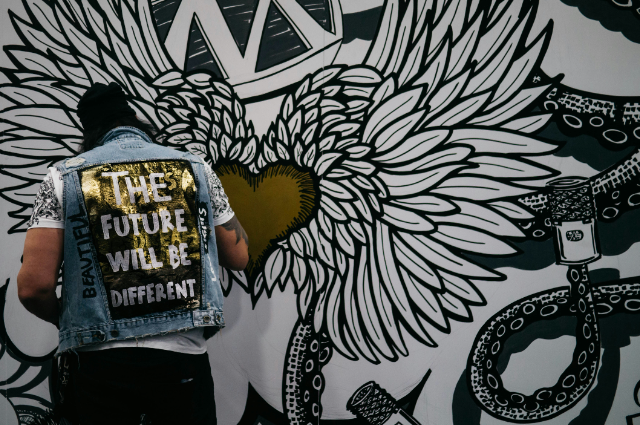
Photo by Jiroe (Matia Rengel) on Unsplash
To see the world with our eyes is a common thing, but it's not the case with an 'Artist'; an artist is a person who is discovering each and every character in his or her imagination like they are giving all the shades to their muse and in this way, they create each masterpiece.
The muse, whether mythological or personal, continues to be a vital element in the world of art. It embodies the source of inspiration that drives artists to create and innovate. As the concept of the muse evolves with changing times, its essence remains the same: to ignite the creative spark that leads to the creation of art. In celebrating the muse, we acknowledge the mysterious and wondrous process of artistic creation, honoring the timeless dance between inspiration and expression.
The invocation of the Muses was more than a mere ritual; it symbolized the belief that true creativity came from a divine or external source. This notion persisted through the Renaissance and into the Romantic era, influencing the way artists approached their craft.
If an artist is a painter, he/she will try to pour all their emotions into their art so that they can touch soul of their muses, and every inch of their personality is converting slowly into a masterpiece.
If an artist is a writer, their lyrics become the language of the Soul of muse and artist who is spiritually connected with their muses.
Beyond mythological figures, personal muses have played a significant role in the lives of many artists. These muses often took the form of lovers, friends, or family members whose presence ignited a creative spark. For instance, Dante Alighieri's muse was Beatrice, a woman he barely knew but idealized in his writings. His encounters with Beatrice inspired some of his most famous works, including "La Vita Nuova" and "The Divine Comedy."
In the visual arts, Pablo Picasso was profoundly influenced by his muses, such as Dora Maar and Marie-Thérèse Walter. These women not only appeared in his paintings but also shaped the evolution of his artistic style. The emotional and psychological impact of these relationships is evident in the changing tones and techniques in his artwork.
In contemporary times, the concept of the muse has evolved but remains relevant. Modern artists may find inspiration in a wide array of sources, from personal relationships to societal issues and even digital interactions. The internet and social media have broadened the scope of what can be considered a muse, providing artists with an endless stream of potential inspirations.
Moreover, the role of the muse has become more democratized. No longer confined to a single individual or deity, inspiration can come from a collective of experiences and influences. This shift reflects the changing nature of art itself, which is increasingly collaborative and interconnected.
While the traditional image of the muse as a person or deity persists, it also serves as a metaphor for the elusive nature of creativity. The muse represents the moments of clarity and inspiration that artists seek. It is the force that drives them to create, often unpredictably and inexplicably.
The relationship between the muse and the artist is one of mutual dependency. The artist needs the muse to inspire and guide, while the muse needs the artist to give form and substance to their influence. This symbiotic relationship underscores the profound connection between inspiration and creation.
